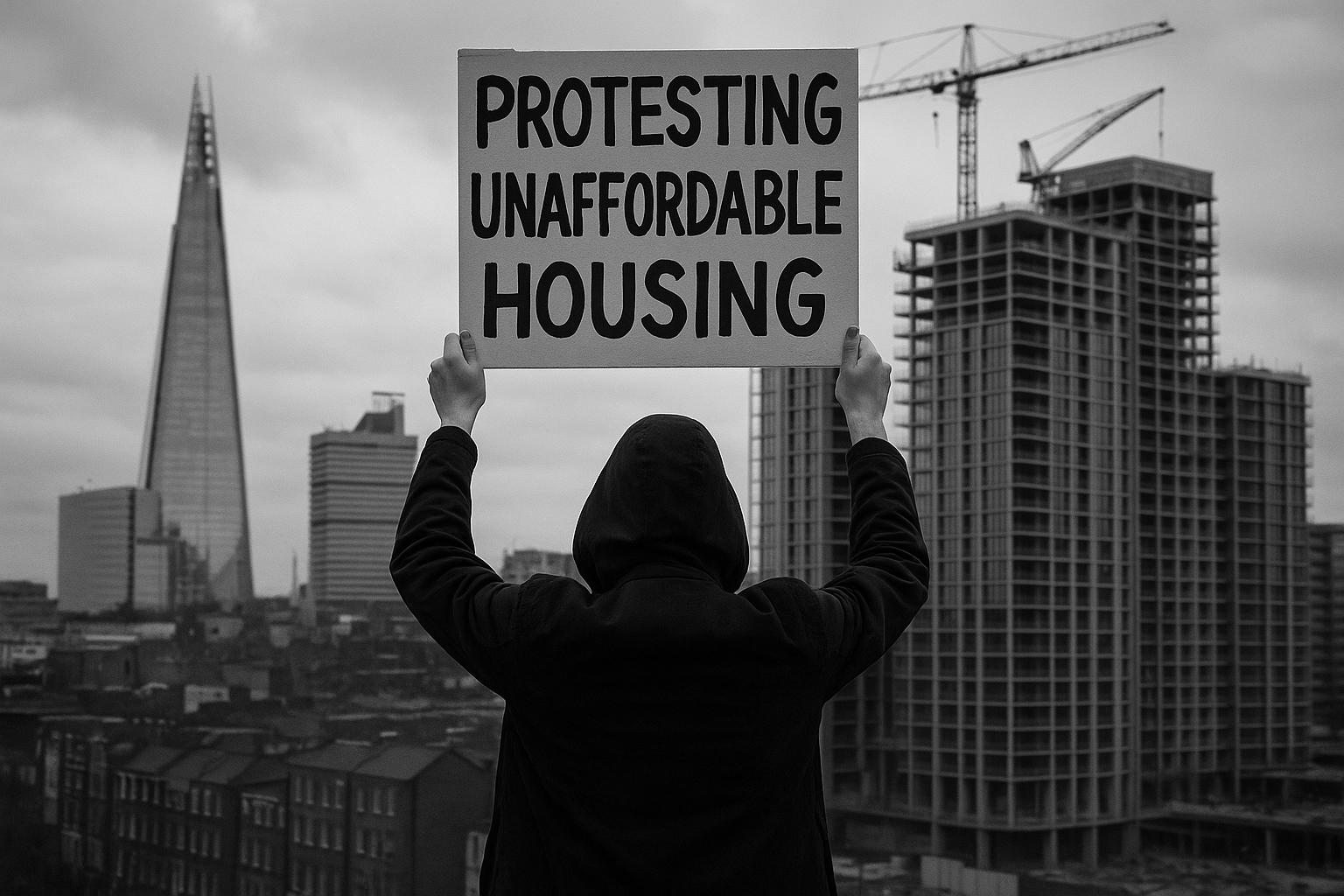Plans to build nearly 3,000 homes in Beckton, Newham, have secured approval despite significant concerns over the very low proportion of affordable housing included in the development. The Beckton Riverside scheme, led by St William Homes LLP, a subsidiary of Berkeley Homes, will deliver 2,977 new homes between Armada Way and Atlantis Avenue. However, only 185 of these, or approximately 6.2%, are designated for social rent, with no additional affordable housing options provided by the developer.
During a Newham Council strategic development committee meeting, councillors voiced strong objections to the proposal's affordable housing offer. Labour committee chair Rachel Tripp criticised the "almost unbelievably low" percentage of affordable homes, emphasising the acute needs of local families. She highlighted the struggles of those in temporary accommodation and overcrowded homes, underscoring the adverse effects that inadequate housing has on mental health, schooling, and wider well-being within the community.
According to the council’s planning policies, new developments are expected to allocate between 35% and 50% of homes as affordable. Developments proposing less than 50% must submit a financial viability assessment explaining the shortfall. St William Homes argued that the site's "complex challenges," due to its history as a former gasworks, impose "considerable abnormal costs" that constrain the ability to offer more affordable units. The company acknowledged these constraints openly and expressed a desire to secure additional funding that could increase affordable housing later in the development.
A representative for St William explained that discussions with Homes England and the Greater London Authority (GLA) suggest public subsidy could be forthcoming once planning permission is granted. While such funding is not guaranteed, the developer maintained that approval would strengthen their position in applying for potential future financial support aimed at boosting affordable housing contributions.
Council planning officers backed the project, confirming that an independent review of the developer's viability assessment found the proposed affordable housing offer reasonable given the site’s remediation costs. Officers also pointed to requirements for ongoing financial viability reassessments throughout the development stages to maximise affordable housing opportunities, including any grants received.
Despite the unanimous vote in favour by councillors, the final decision now rests with the GLA due to the project's scale.
This development forms part of broader regeneration efforts in the Royal Docks and Beckton Riverside Opportunity Area, a significant focus within the London Plan. The area is earmarked for substantial investment and growth, with plans to deliver 36,300 new homes and 55,700 new jobs, supported by transport improvements such as the Silvertown Tunnel, due to open in 2025. The Beckton Riverside development site, spanning 30 acres, was historically derelict gasworks land, necessitating a £250 million remediation project recently approved by Newham Council to prepare it for residential and community use.
While the Beckton Riverside project is a key component of Newham’s housing strategy, concerns about affordability contrast with other new developments within the Opportunity Area. For example, the nearby Thameside West site is expected to deliver 5,000 homes with 39% affordable housing, and other borough plans include projects targeting 40% affordability levels. Complementing these efforts, a new waterfront development at Limmo Peninsula is set to provide 560 affordable homes as part of a 1,400-home scheme.
The disparity highlights ongoing challenges in balancing large-scale urban regeneration, financial viability, and the urgent need for affordable housing within London’s rapidly evolving housing landscape. While Beckton Riverside’s first phase promises much-needed private housing and community facilities, local stakeholders and policymakers remain vigilant to ensure that future stages better address affordable housing requirements to support the borough’s most vulnerable residents.
📌 Reference Map:
- Paragraph 1 – [1] (MyLondon), [2] (MyLondon)
- Paragraph 2 – [1] (MyLondon)
- Paragraph 3 – [1] (MyLondon)
- Paragraph 4 – [1] (MyLondon)
- Paragraph 5 – [1] (MyLondon)
- Paragraph 6 – [1] (MyLondon)
- Paragraph 7 – [3] (Construction Enquirer), [5] (London.gov.uk)
- Paragraph 8 – [4] (London.gov.uk), [5] (London.gov.uk)
- Paragraph 9 – [4] (London.gov.uk), [6] (Construction Wave), [7] (Newham Council)
- Paragraph 10 – [1] (MyLondon), [7] (Newham Council)
Source: Noah Wire Services
